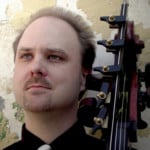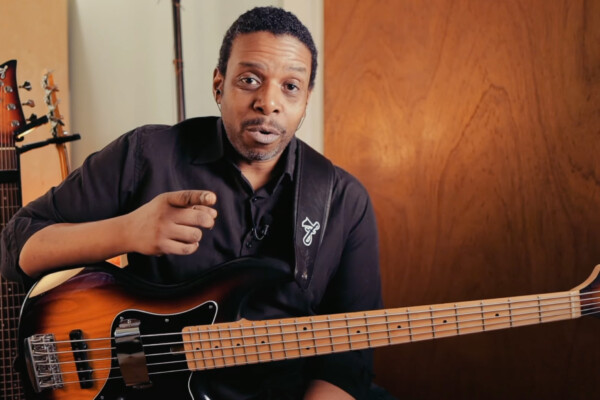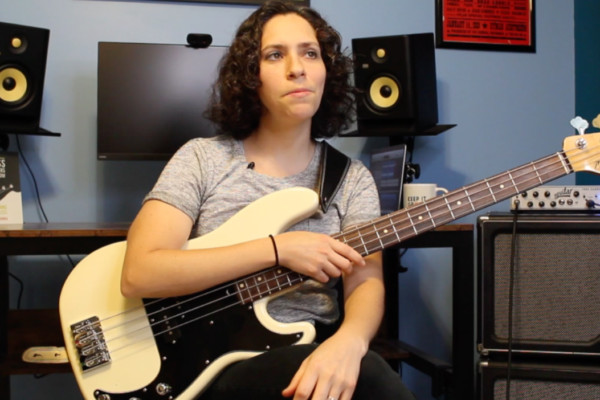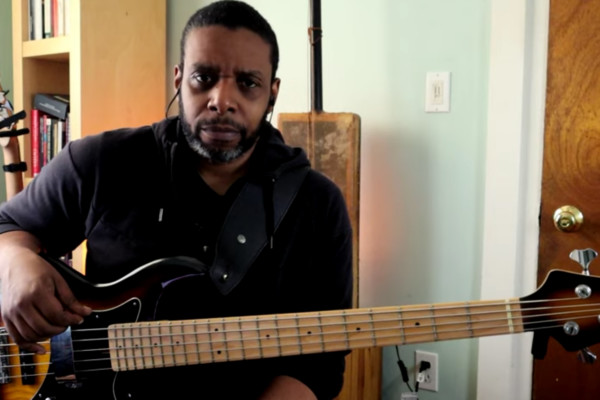Chops vs. Groove
A while back, someone asked me to discuss the concept of “Chops vs. Groove.” The reader didn’t elaborate very much, but the impression I got was they felt having, or perhaps displaying, “chops” and the ability to groove were somehow mutually exclusive. Although someone can groove pretty hard with only a moderate level of technique, it doesn’t take much investigation to discover that the above premise is untrue. There are plenty of folks with monster chops who can absolutely groove. I think Brian Ritchie (Violent Femmes) grooves plenty, and he has chops. He always displays thoughts chops while grooving, which I find extremely appealing.
Of course, you can have virtuosic technique (i.e. monster chops) and not groove. Classical violinists, for instance, are not often known for their ability to groove. However, this is primarily because they are not focused on this particular musical skill. There isn’t much call for grooving in Wagner operas. At any rate, an inability to groove, is generally due to lack of focus on groove, and not the result of having instrument prowess. In fact, lack of chops can adversely affect your groove.
If you want to groove, the first thing you must do is feel the beat, the rhythm, the… groove. In my experience, when a particular player or group doesn’t groove, it is often because they don’t have a solid immoveable physical connection with the rhythm and/or the other musicians in the group. If you want to groove, you have to physically feel the beat, and sync that with your fellow musicians, who must also feel it. You must all feel it together. It’s a communal, physical experience. You can groove all by yourself pretty easily, but to get an entire group grooving, all the musicians must get in sync and connect with the beat and each other viscerally.
If you want to play “in the pocket”, you have to be able to feel the pocket first, before you can place your notes there. However, just being able to connect with the groove in your body doesn’t mean you can contribute to that groove with your playing. Even if you feel the groove and connect physically, if you don’t have sufficient command over your instrument to put the notes where they should be, your playing won’t groove. The upside is that you’ll probably realize you aren’t in the pocket and do your level best to put things right.
To do that, you’ll need some command of the instrument (i.e. Chops). The more technically challenging the music, the more chops will be required to make things groove. It’s pretty easy to groove on quarter notes at 60 bpm playing nothing but roots. It’s another thing to groove at quarter note = 220 over quick harmonic changes. No chops, no groove. No matter how much you can feel it.
When it comes to “chops” and “groove” there is another concern, of course, which is largely a question of musical taste. The question: When should one keep it simple, and when should they feel free to display technique. The answer to this is largely personal, and it depends on the music that is being played, and your own artistic outlook.
Dr. Donovan Stokes is on the faculty of Shenandoah University-Conservatory. Visit him online at www.donovanstokes.com and check out the Bass Coalition at www.basscoalition.com.




While I basically agree with you I do think a lot players especially younger and less experienced in trying to show off their chops do so at the expense of the groove and also do not understand the less is more concept when it comes to establishing a groove or pocket.